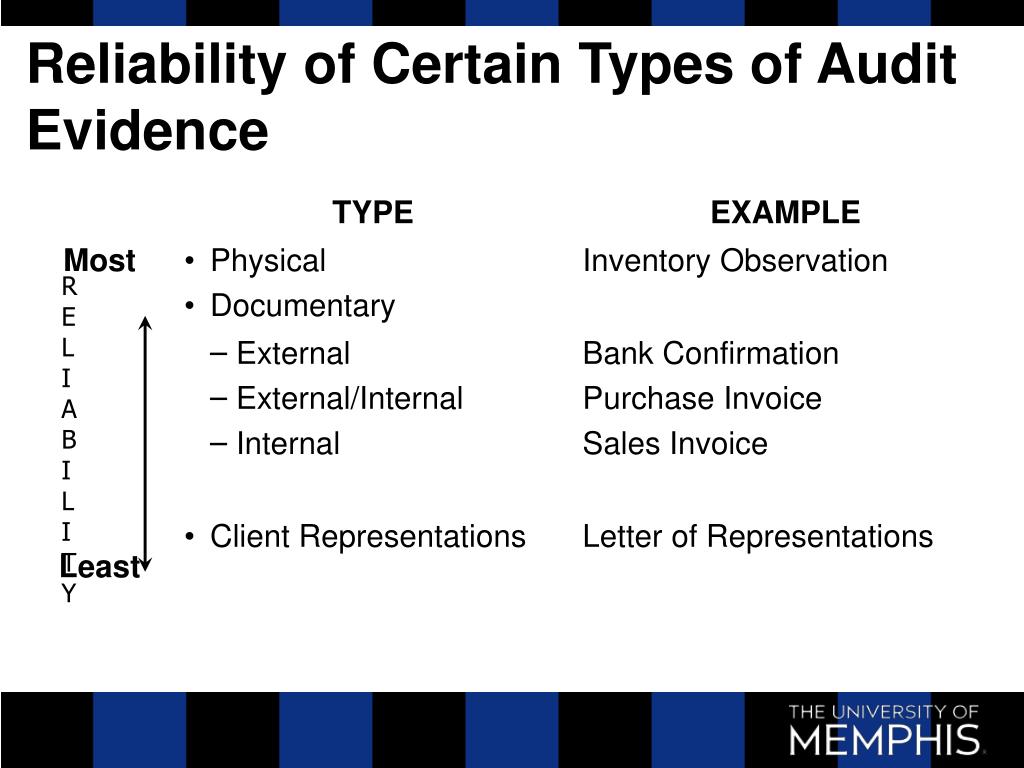

In practice, this may contribute to healthcare professionals lacking confidence in discussing alcohol risks and consumption, and needing to be trained to deliver feedback. To date, most brief intervention models involve dichotomising AUDIT scores, on the basis of complex diagnostic accuracy studies, at cut-offs that vary internationally. frequency of drinking down from 7 to 5 days or quantity down from 16 to 11 drinks per day).ĪUDIT score interpretation: The ordinal scores produced by the AUDIT-C (range: 0–12) and the full AUDIT (range: 0–40) are multidimensional measures of alcohol risk. This creates a ceiling effect making the AUDIT-C poorly responsive to change in individuals with a high baseline score (up to reductions of 30% e.g. AUDIT-C exhibits two characteristics:Ĭeiling effect: AUDIT-C’s maximum response options for alcohol consumption frequency and quantity are heavily right-censored ( Table 1). AUDIT-C is easy to use, making it an attractive choice for alcohol screening and brief interventions in healthcare and other settings. The shorter 3-item AUDIT-C focusses on consumption, and has equivalent predictive capability. Ī global standard has emerged in the 10-item Alcohol Use Disorders Identification Test (AUDIT).

However, conceptual differences (exemplified by the diagnostic classifications above) remain in how best to diagnose, measure, and communicate harm. Clinical guidelines aiming to prevent, treat and reduce harm from alcohol consumption recommend systematic screening for alcohol consumption using validated clinical tools. This burden extends far beyond the health burden of alcohol use disorders, as defined in the International Statistical Classification of Diseases (ICD-10 F10.1/F10.2 ) or the Diagnostic and Statistical Manual of Mental Disorders. Alcohol consumption is responsible for 5% of disability-adjusted life years.


 0 kommentar(er)
0 kommentar(er)
